Introduction
Welcome to the world of organic gardening solutions, where peat moss reigns supreme. This article delves into the intricacies of peat moss, a naturally occurring substance formed through a process known as hydrosere. We'll explore its formation, benefits, and how it can revolutionize your gardening experience. From enhancing soil fertility to supporting plant health, peat moss is a gardener's best friend. We'll also guide you on what to look for when buying peat moss and how to use it effectively in your garden. Get ready to discover the wonders of peat moss and how it can transform your garden into a thriving, organic haven.
Understanding Peat Moss
Peat moss, or simply peat, is formed through a process known as hydrosere, resulting from the incomplete decomposition of plant remains in waterlogged conditions. This can occur in standing water or under high rainfall. The partially decomposed plant remains accumulate and become compacted, forming peat that alters the substrate's chemical and physical properties. The hydrosere is a continuum of vegetation types that replace each other as habitat succession proceeds from an initial phase to a bog, responding to changes in water depth, trophic status, and plant communities.
What is Peat Moss?
Peat moss, also known as bog moss, is a type of moss, particularly from the genus Sphagnum, that forms peat. It grows in very wet places, especially bogs, around the world. The leaves of peat moss have large dead cells surrounded by smaller living ones that contain chloroplasts. These dead cells can absorb water up to 20 times their dry weight. Peat moss is also known for its antiseptic properties due to the presence of phenol compounds in the cell walls. It releases hydrogen ions, increasing the acidity of the water in bogs. Its primary use is to enhance the water-holding capacity of soil.
How is Peat Moss Formed?
Peat moss is formed through a process known as the hydrosere, which is a result of incomplete decomposition of plant remains in waterlogged conditions. This can occur in standing water or under high rainfall. As plant remains partially decompose, they accumulate and become compacted, forming peat moss. This process changes the substrate's chemical and physical properties, leading to a succession of plant communities. The hydrosere can be initiated in waters of any trophic status and may also commence in response to excessively high rainfall on landscapes of mineral soil or rock.
Benefits of Peat Moss in Gardening
Peat moss is a popular choice for gardeners due to its numerous benefits. It has excellent water retention properties, absorbing several times its weight in water, and releases moisture slowly, preventing soil from becoming waterlogged. Peat moss also prevents soil compaction, ensuring water and nutrients can reach plant roots. It retains essential nutrients like nitrogen, phosphorus, and potassium, reducing the need for frequent fertilizing. Moreover, it's sterile, free of bacteria, fungi, and weed seeds, making it safe for plants. Lastly, peat moss is long-lasting and ideal for acid-loving plants.
Soil Conditioning and Water Retention
Peat moss is among the finest of soil conditioners for home gardeners. It is slow to break down and its water holding capacity is second to none. When the soil is amended with large quantities of peat, it increases resistance to drought. This makes peat moss excellent for top dressing in already developed garden areas, whether vegetable or ornamental. It comes in convenient bales that are compressed tightly, yielding a considerable amount when broken apart and spread out.
Enhancing Soil Fertility
Peat moss plays a crucial role in enhancing soil fertility. It helps retain essential nutrients such as nitrogen, phosphorus, and potassium that can leach out of your soil when you water your plants. By holding onto these nutrients better than soil does on its own, peat moss ensures your soil retains more nutrients. This results in strong and healthy plant growth without the need for excessive fertilizing. However, it's important to note that peat moss itself is not rich in nutrients, so it's often used in conjunction with other soil amendments like manure or fertilizer.
Supporting Plant Health
Peat moss plays a crucial role in supporting plant health. It's sterile, free of bacteria, fungi, and weed seeds that could harm your plants. This sterility makes it an excellent seed starter, providing a clean, safe environment for seedlings to establish themselves. Additionally, peat moss helps retain essential nutrients such as nitrogen, phosphorus, and potassium in the soil, preventing nutrient loss when watering. This retention allows plants to grow strong and healthy without excessive fertilizing. However, it's worth noting that peat moss itself is not nutrient-rich and often needs to be supplemented with other soil amendments.
Buying Peat Moss: What to Look For
When buying peat moss, it's crucial to understand its grades. Peat moss has different degrees of decomposition, and not all grades are suitable for every application. The Von Post scale grades raw sphagnum peat moss based on its level of decomposition, color, and fiber content. For instance, H1 grade is undecomposed peat, while H10 is completely decomposed. The harvested peat moss is typically blended to achieve specific physical properties. Some common market grades include black peat, coarse/chunk, horticulture grade, fine, and forestry. Choosing the correct grade of peat moss will ensure the best chance for your plants' success.
Quality Indicators
When buying peat moss, it's crucial to understand its quality indicators. Peat moss is graded using the Von Post scale, which determines the level of decomposition and humification. The scale ranges from H1 to H10, with H1 being totally un-decomposed plant material and H10 being completely decomposed. The grade of peat moss is determined by its color, fiber content, and the color of water squeezed from a sample. Different grades and colors of peat moss are a result of age, decomposition, and depth within the peat bog. The correct grade of peat moss ensures the best chance for plant growth success.
Sustainable Sourcing
Our suppliers are committed to sustainable sourcing of peat moss. They only harvest from bogs that can be restored to functioning wetlands, wildlife habitats, or farmland. They support research to accelerate peatland regeneration and promote responsible environmental management of peatlands. They also have affiliations with many respected environmental groups.
How to Use Peat Moss in Your Garden
Peat moss is a versatile garden amendment with several uses. It's often used with acid-loving plants like blueberries and tomatoes, both for seed starting and mixing into the soil to moderate moisture. It's also mixed with clay soils to improve their drainage and reduce compaction. When using peat moss, it's important to consider its highly acidic nature and its tendency to dry out and crack. Therefore, it's not recommended for use as a mulch. For optimal use, consider creating raised beds filled with compost, peat, perlite, and vermiculite, ensuring a well-draining, nutrient-rich environment for your plants.
Preparation and Application
Before using peat moss, soak it in water for a few minutes. Place the moss in a bin, fill it with water, and let it sit. Remove the moist moss, squeeze out excess water, and then mix it into your soil at a 1:1 ratio. Adjust the amount based on your soil composition needs. You can also add some liquid fertilizer into the water when soaking your peat moss, to fortify it with extra nutrients for your plants.
Dos and Don'ts
When using peat moss, remember it's highly acidic, so avoid using it as a mulch around non-acid loving plants. It's also lightweight and can be displaced by wind and rain. Despite its low cost and availability, it doesn't provide much nutrition to plants. However, it's excellent for acid-loving plants like blueberries and for seed-starting. Always wear a dust mask when handling it due to its dustiness. Be mindful of its non-renewable nature and use it judiciously.
Conclusion
In conclusion, peat moss is an organic solution that can significantly enhance your gardening experience. Its excellent water retention properties, ability to prevent soil compaction, and nutrient retention make it a valuable addition to any garden. However, it's crucial to understand the different grades of peat moss and ensure sustainable sourcing. When used correctly, peat moss can support plant health, enhance soil fertility, and condition your soil for optimal plant growth. Remember, the key to successful gardening lies in understanding and harnessing the power of nature, and peat moss is a perfect example of this. Happy gardening!
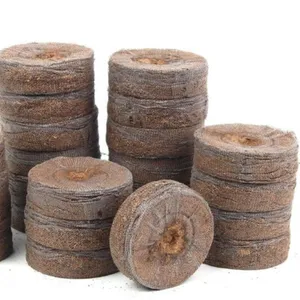

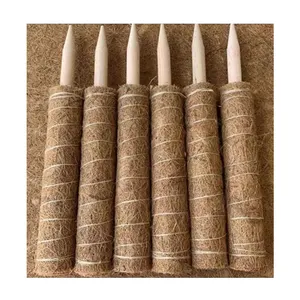

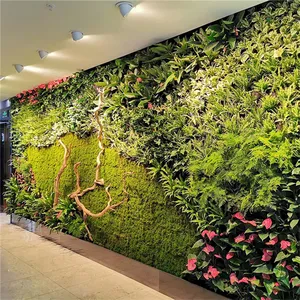

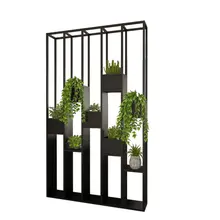



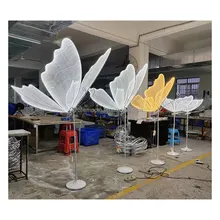

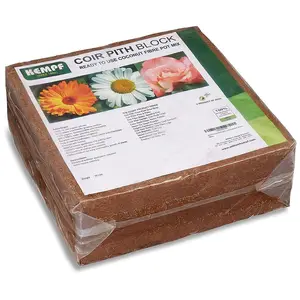

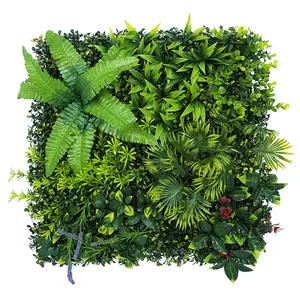


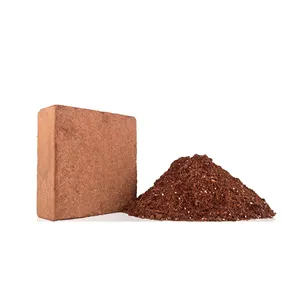





















 浙公网安备 33010002000092号
浙公网安备 33010002000092号 浙B2-20120091-4
浙B2-20120091-4